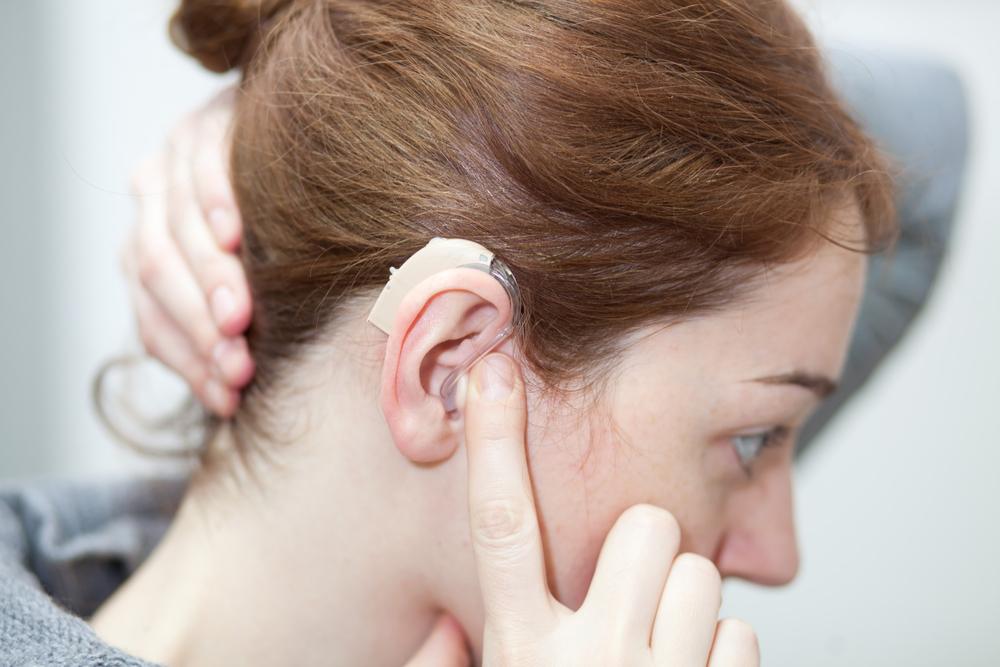Comprehensive Guide to Choosing the Ideal Hearing Aid for Your Needs
Choosing the right hearing aid requires understanding various styles, features, and your personal needs. This comprehensive guide explores different types of hearing aids, their benefits, and tips for selecting the perfect device. Consult with professionals to find the best hearing solution that enhances your quality of life with comfort and advanced technology. Learn how to compare models effectively and make an informed decision tailored to your hearing loss and lifestyle needs.

How to Select the Perfect Hearing Aid: An In-Depth Comparison
Embarking on the journey to choose a hearing aid is a pivotal decision that can significantly enhance your daily life and overall well-being. With a multitude of options available in today’s market, understanding which device best aligns with your personal hearing requirements, lifestyle, and comfort preferences is essential. Different hearing loss types and severities necessitate tailored solutions, so what works well for one individual may not be suitable for another. While seeking opinions from friends or colleagues may provide some guidance, a comprehensive and informed approach involves evaluating the specific features, fit, and technology of each device.
The process of selecting the right hearing aid involves comparing various models based on comfort, functionality, and compatibility with your daily routines. Seeking professional advice from an audiologist or hearing specialist can be invaluable in identifying the most effective solution for your unique hearing challenges.
Here is an extensive comparison guide, including examples of different models.
What Key Factors Should Influence Your Hearing Aid Choice?
Comfort and ease of use are at the forefront when selecting a hearing aid. The physical design — including the size, weight, and material — directly impacts your comfort, especially if you plan to wear the device throughout the day. The acoustic performance, including sound clarity and noise reduction capabilities, plays a crucial role in how well you can communicate and engage socially.
Furthermore, your daily lifestyle—whether you are active, work in noisy environments, or prefer discreet devices—affects the ideal model choice. Manual dexterity, age, and visual ability can also influence whether you prefer simpler controls or more advanced digital features.
Hearing aids are designed to amplify desired sounds, like speech, while minimizing background noise, thereby enhancing hearing clarity. To determine the best fit, consulting with ENT specialists or hearing aid professionals who can perform thorough assessments will ensure you select a device that truly meets your needs.
This process involves analyzing multiple parameters, including the degree of hearing loss, lifestyle needs, and user preferences, to customize your device selection effectively. Based on these insights, you can explore various available options confidently.
Understanding the Different Types of Hearing Aids
Hearing aids come in a variety of styles, each designed for specific preferences, degrees of hearing loss, and anatomical considerations. Here’s a detailed overview of the most common types to help you make an informed choice:
Behind-the-Ear (BTE) – Mini Receiver-in-Canal (RIC)
This modern, discreet design involves a small component that fits behind the ear, connected via a thin, nearly invisible wire to a receiver placed inside the ear canal. Known as Receiver-in-Canal (RIC) models, these hearing aids are popular due to their subtle appearance, ease of handling, and effective amplification. They are suitable for a wide range of hearing losses, from mild to severe. Despite their compact size, they provide excellent sound quality, and many models include advanced features like Bluetooth connectivity and rechargeable batteries. However, they can be affected by earwax accumulation or moisture, which may require regular maintenance.
Behind-the-Ear (BTE) – Traditional
The conventional behind-the-ear hearing aid design features all internal components housed in a casing that sits behind the ear, connected via a tube or wire to an earmold inside the ear canal. This style is highly versatile and durable, making it ideal for severe hearing loss cases. It generally offers high amplification power, good feedback management, and straightforward controls, making it a reliable choice for many users. Additionally, these models are easier to handle and adjust, often with larger buttons or dials, suitable for users with dexterity challenges.
In-the-Canal (ITC) Hearing Aids
Fitting deeper into the ear canal, ITC devices are nearly invisible to others, providing a discreet appearance. They are suitable for mild to moderate hearing loss and offer benefits like reduced feedback and natural sound quality. However, due to their compact size, they typically lack some advanced features like directional microphones and may be more sensitive to earwax and moisture. Battery replacement can be slightly tricky because of their smaller size, and handling may require more dexterity. They are often chosen by users seeking a discreet appearance and comfortable fit for everyday use, especially during calls or social events.
Choosing the Best Hearing Aid for Your Lifestyle
Modern hearing aids come equipped with a range of features tailored to various needs. Options may include volume control, directional microphones to enhance speech understanding in noisy environments, Bluetooth connectivity for phone calls and streaming audio, and moisture-resistant coatings to improve durability. The right device depends on your specific hearing loss severity, activity level, and personal preferences.
Consulting with a qualified audiologist is essential to accurately diagnose your hearing condition and recommend the most suitable device. Renowned brands like Beltone, Miracle Ear, Phonak, and Oticon offer reliable, high-quality options. Additionally, many online platforms provide valuable information to help you compare features, pricing, and user reviews for a well-informed decision.





